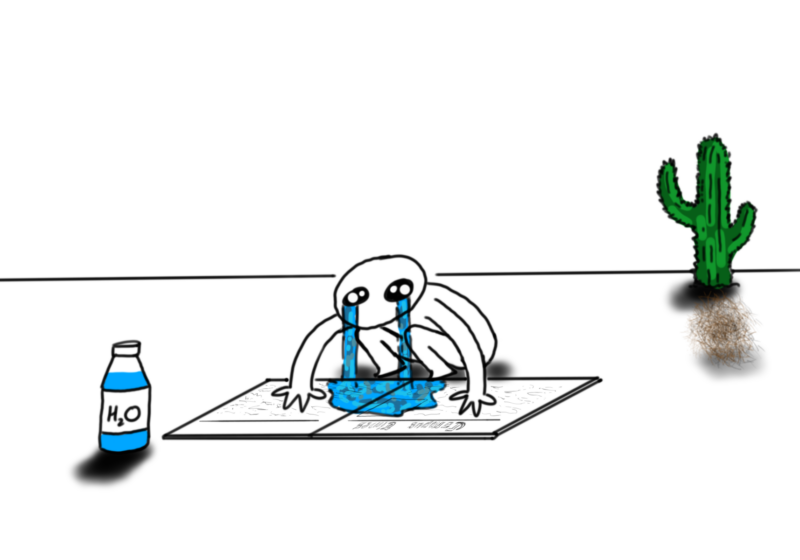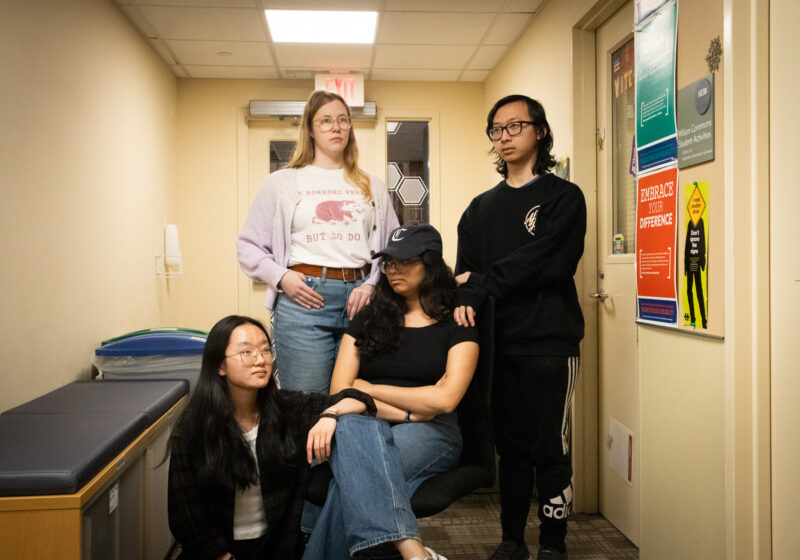To be honest, assuming that softball and baseball are equivalent sports is an oversight, and to some, a huge disservice.
“Whenever anyone ever hears that I play softball, they always ask me what team I root for in baseball, thinking the sports are the same,” junior Women’s Softball catcher Harleigh Kaczegowicz wrote in an email. “Yes, most of the rules are the same, but the games themselves are completely different.”
Here’s a question that few ask: What happened to women playing baseball? “A League of Their Own” portrays a women’s baseball league assembled in light of the Second World War. As we learned last week, Title IX is a privilege in America. But, the statute doesn’t come without loopholes.
After a 1973 lawsuit where 11-year-old Maria Pepe alleged discrimination after being kicked off of her local youth baseball team, Little League acted quickly to avoid more legal upheaval.
After deeming baseball a “boys sport,” the organization took action and defined softball as the “female equivalent,” which made it extremely difficult for young American women and girls to choose baseball. Remember, Title IX mandates equal funding for women’s programs. It doesn’t monitor, however, the types of programs an institution offers.
Over the past few years, young female baseball players such as Little World Series star Mo’ne Davis and Sarah Hudek — one of few women to receive a scholarship at the collegiate level — have decided to alter their focus to other sports. While Davis has her eyes on college hoops, Hudek switched to softball.
Reasons for their switches include limited scholarship opportunities and difficulties navigating being the only female on a team. Hudek has expressed that on Texas A&M’s Softball team, she can be her “complete self” and “doesn’t have to worry about anything.”
Conventional wisdom says that the shorter distance between the bases and a larger ball contributes to a female’s success in softball. All things considered, I still find it silly to declare that baseball is indeed a boy’s sport.
Casey Stangel, a former Division I softball player from the University of Washington, however, argued that the biology of the female body is actually a rational consideration for playing softball.
“When I look at softball, it is designed for the strength of a woman to hit a ball out of a ballpark, and for a woman to be throwing a pitch at 70mph,” she said. “The design of the sport is aimed more toward women. And it’s not because we are any less, it’s just a biological thing.”
But there is clearly a movement to highlight young girls who choose baseball instead. Elizabeth Benn, a starting pitcher on the Yonkers Railsplitters of the NYC Metro Baseball League gave an explanation for its ascent.
“There’s a pretty strong women’s and girl’s baseball community online. They all follow each other and all support one another,” she said. “I think that’s probably helping a lot too, because when I was growing up there was no social media, and It felt like I was the only one doing this.”
As an employee for MLB’s commissioners office as well, Benn explained that an initiative of baseball has been to provide development opportunities for young female baseball players. MLB sponsored its second Trailblazer Series in Compton this month, and it looks toward its first Girls Baseball Breakthrough Series in late May.
And after a recent incident in New Hampshire where two baseball coaches were accused of intimidating a young girl on their team, MLB expressed wavering support for a girl’s right to choose. “Everybody deserves a right to play the game that they want to,” said Tony Reagins, executive vice president of baseball and softball Development.
While it might have been a common feminist concept to brand softball as sexist, I believe that is now a bit counterintuitive. We must honor the amount of success female softball players garner year-round. Softball still deserves attention.
“I had friends who randomly decided to watch the College World Series while it was on TV, and they were blown away by how cool and interesting it was,” Kaczegowicz wrote. “My opinion to all baseball fans out there is to just give softball a chance and you may be seriously surprised.”
ESPN’s broadcast of the Women’s College World Series last summer was a positive start, but the next test for sports media will be when we hit Tokyo in 2020. USA Softball will hit the world’s biggest stage for the first time since 2008.
In a conversation I had with Stangel regarding coverage for women’s softball, she found it frustrating that the National Pro Fastpitch, the only professional softball league in the country, doesn’t make it onto network television or major streaming services.
“If it’s visible you can gain a fanbase, but if you are saying we can’t make you visible until you have a fan base, then how are you supposed to create it,” she said.
The takeaway is not to puff up baseball and tear down softball. The idea must stick that women and girls deserve to have a choice and shouldn’t be pushed into a sport that some argue might be designed to better accompany female physique.
As archaic as this may sound, we must understand and execute the narrative that separate does not mean equal, and the equivalent doesn’t yield to the same. Here’s a curveball: Boys and men should be offered fast-pitch softball. It’s a faster paced game, something they should welcome with open arms.
“Everybody Talks” is a radio show on WRUR’s the Sting that highlights women’s involvement in sports and the social issues that surround athletics. You can listen to it every Friday from 1–2 p.m. on thesting.wrur.org.
Correction (7/24/18): An earlier version of this article incorrectly stated that Sarah Hudek was the first female to play at the collegiate level. In 1994, Ila Borders was the first woman to receive a collegiate baseball scholarship. Borders was also the first to start and get a win in a college game.






